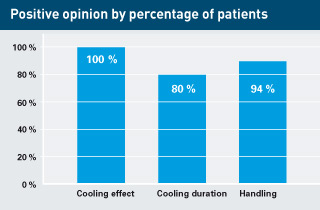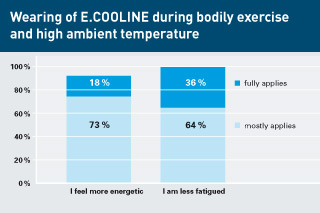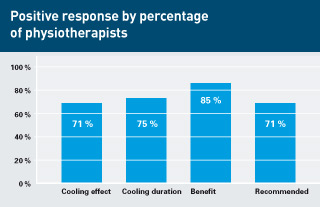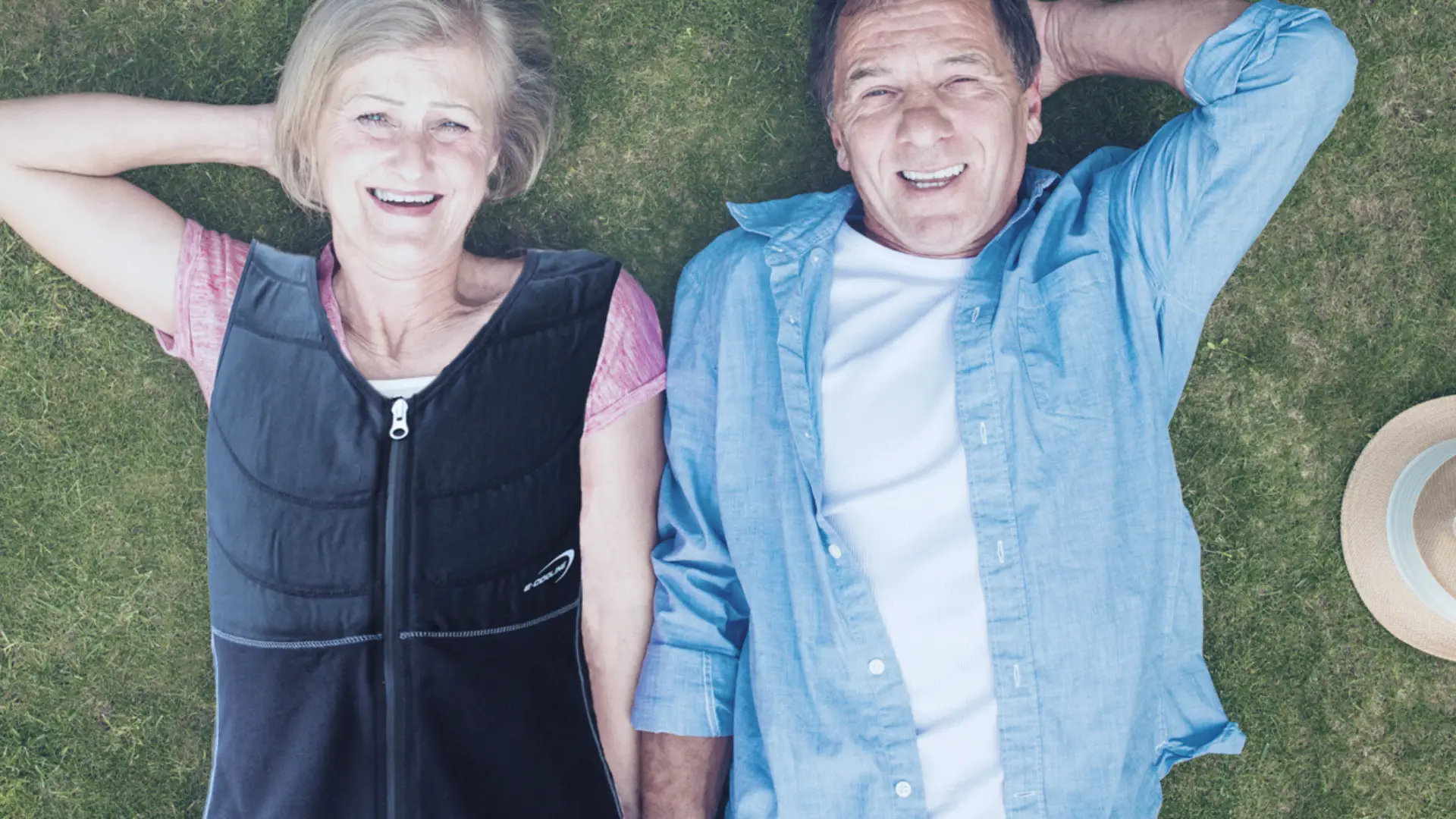With a Parkinson’s diagnosis, many things no longer run as usual. In the summer, rising temperatures can make things even more dangerous. More and more Parkinson’s patients are hospitalized during the summer months due to confusion or worsening symptoms. The reason: excessive fluid loss due to high temperatures.
Heat exhaustion occurs primarily in older patients. Symptoms include weakness, dizziness, lethargy, loss of appetite, nausea, and vomiting. Low blood pressure also poses a risk of collapse. High outside temperatures cause massive problems due to dilation of the blood vessels, excessive sweating, and insufficient fluid intake. The condition usually improves after rapid initiation of necessary measures, such as intravenous fluids.
Heat stroke, however, is a medical emergency. It is caused by prolonged high temperatures with reduced heat loss. This initially causes nausea, headaches, impaired consciousness, and, in extreme cases, coma. Body temperatures rise above 40°C, and febrile seizures are possible. Heatstroke is therefore life-threatening.
STAY ACTIVE WITH COOLING
Don’t let it get that far. With E.COOLINE cooling functional clothing, you can prevent your heat problems in the first place. Simply put it on or take it with you and enjoy the summer for hours, anywhere. With E.COOLINE, you’ll always feel cool and stay dry. Of course, you should also have a hydration plan and always have a bottle of water with you.
TESTED AND FOUND GOOD
Of course, E.COOLINE has already been tested extensively. Affected people, doctors and clinics in the field of neurology have already tested the cooling function products in a wide variety of situations and confirmed the cooling effect. The ease of use has also been positively evaluated.



COOLING WITH COOLING VESTS FOR MORE HEALTH
AVOIDING HEAT RISK IN PARKINSON'S DISEASE
In fact, heat problems in PD can be prevented by avoiding excessive sweating and by using cooling regularly. That means specifically:
Do not exercise when the ambient temperature is too high (especially in summer at midday or when the sun is blazing).
In summer, protect yourself from the heat by wearing headgear.
Avoid overexertion: Rather do endurance training with reduced intensity.
Doing sport in the water provides cooling.
Cooling by having cold drinks and sucking ice cubes.
Slowly cool down by showering after physical exercise and cold foot baths.
Cooling with cooling clothing like E.COOLINE.
SPORT WITH PARKINSON'S DISEASE
Could exercise be dangerous for Parkinson’s disease? Certainly not. Many studies show that exercise is particularly important for Parkinson’s disease and can even be supportive in treatment. However, unfortunately, some people sweat during physical exertion, and this can lead to dehydration and confusion and hallucinations, resulting in hospitalization. In serious cases, it can also lead to heatstroke, especially if you don’t drink enough. Therefore, in these cases, exercise in the summer or generally as a preventative measure with a cooling vest. You sweat less, lose less fluid, and thus reduce the risk of heat exposure.
The more relaxed and cool you are as you look forward to summer, the more you can enjoy it – and you’ll continue to be physically active and fit.
" With cooling, I feel much more comfortable".

HOSPITALIZATION DUE TO THE HEAT?
Some people with Parkinson’s disease react with heavy sweating, especially in hot weather, which often leads to widespread symptoms and even hospitalization.
Cooling with cooling clothing is particularly important for such problems. Exercise itself is important, and staying indoors for weeks is counterproductive. Therefore, if you tend to be sensitive to heat, you should definitely not avoid physical activity outdoors, but rather follow these rules:
Start slowly
Avoid overexertion, reduce any exercise intensity
Take breaks
Take magnesium, drink plenty of fluids
Create a hydration plan
Put on cooling clothing
Cooling measures such as cooling vests are particularly helpful for heat sensitivity. Then exercise will also work.
















